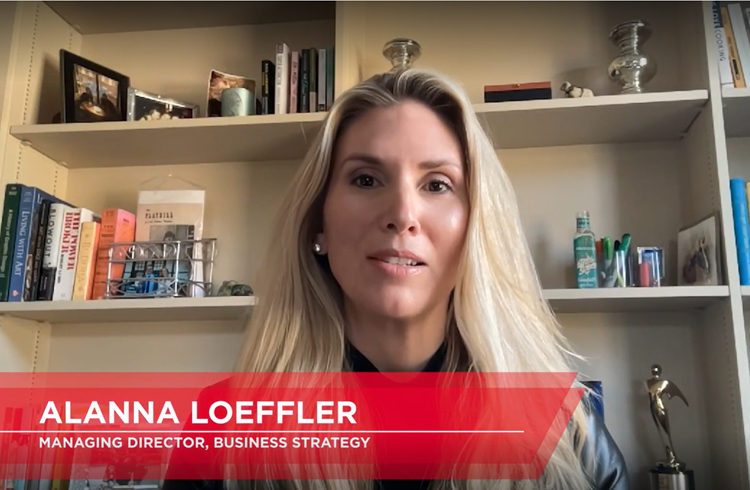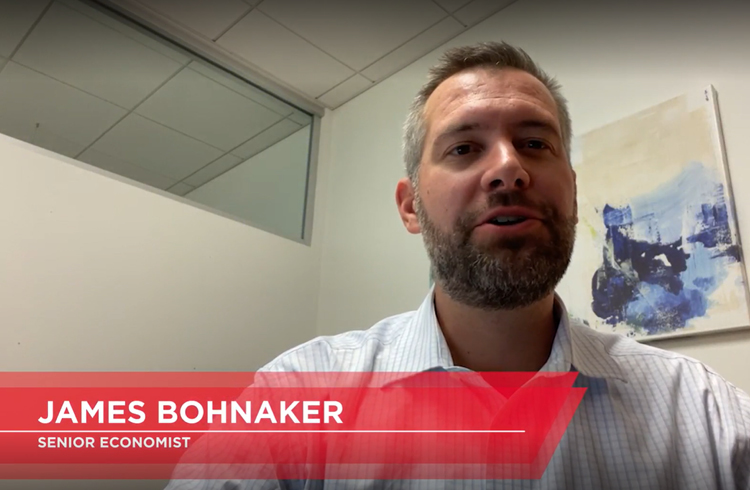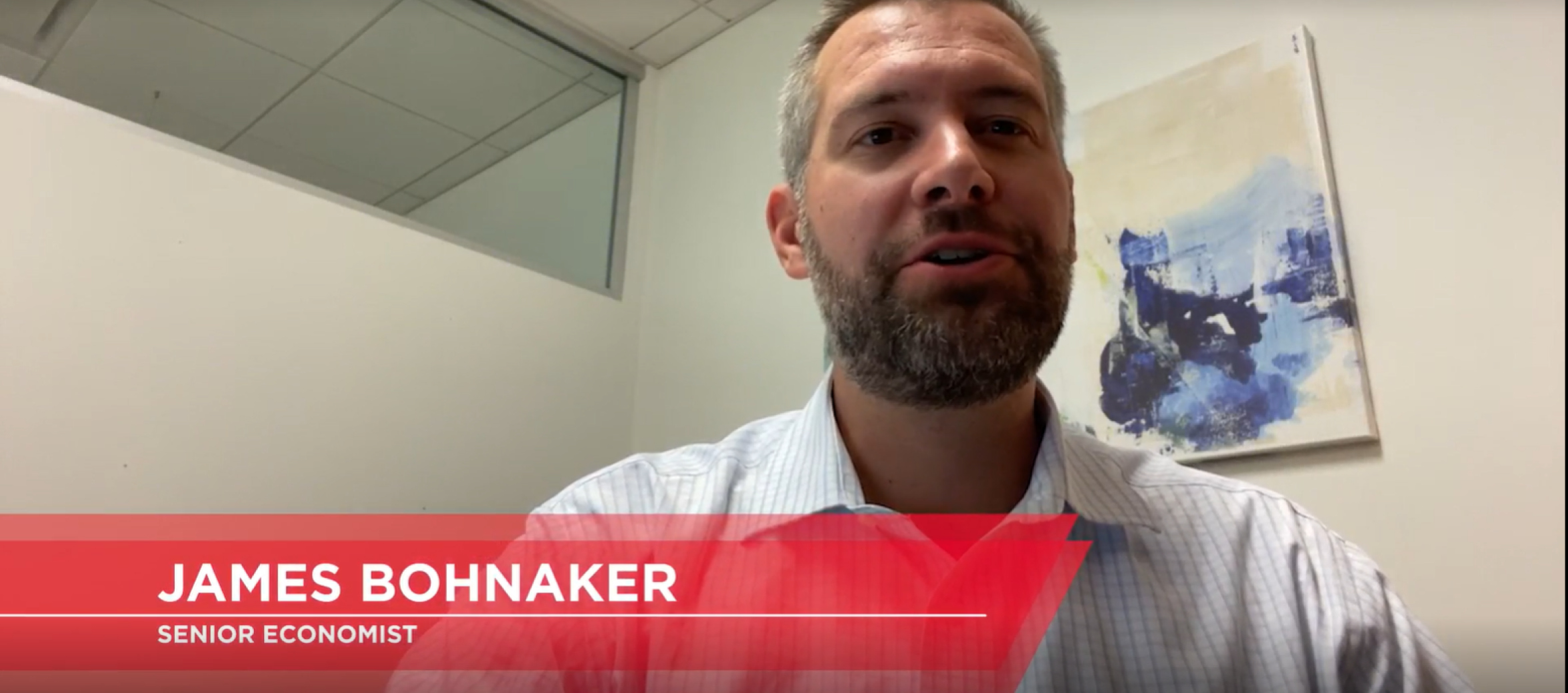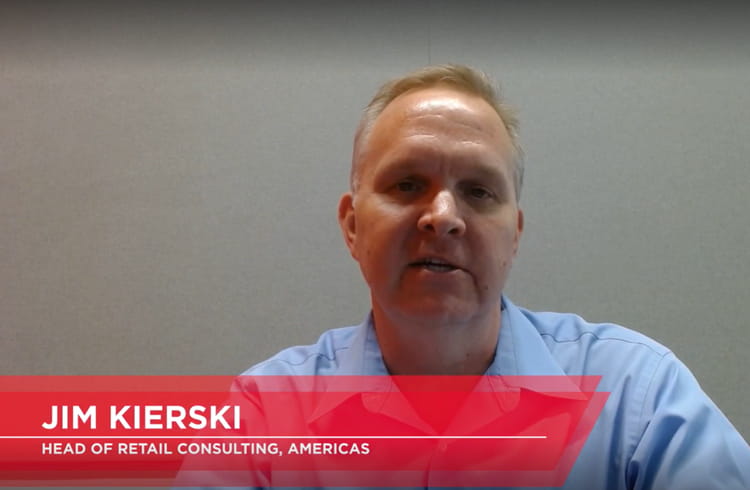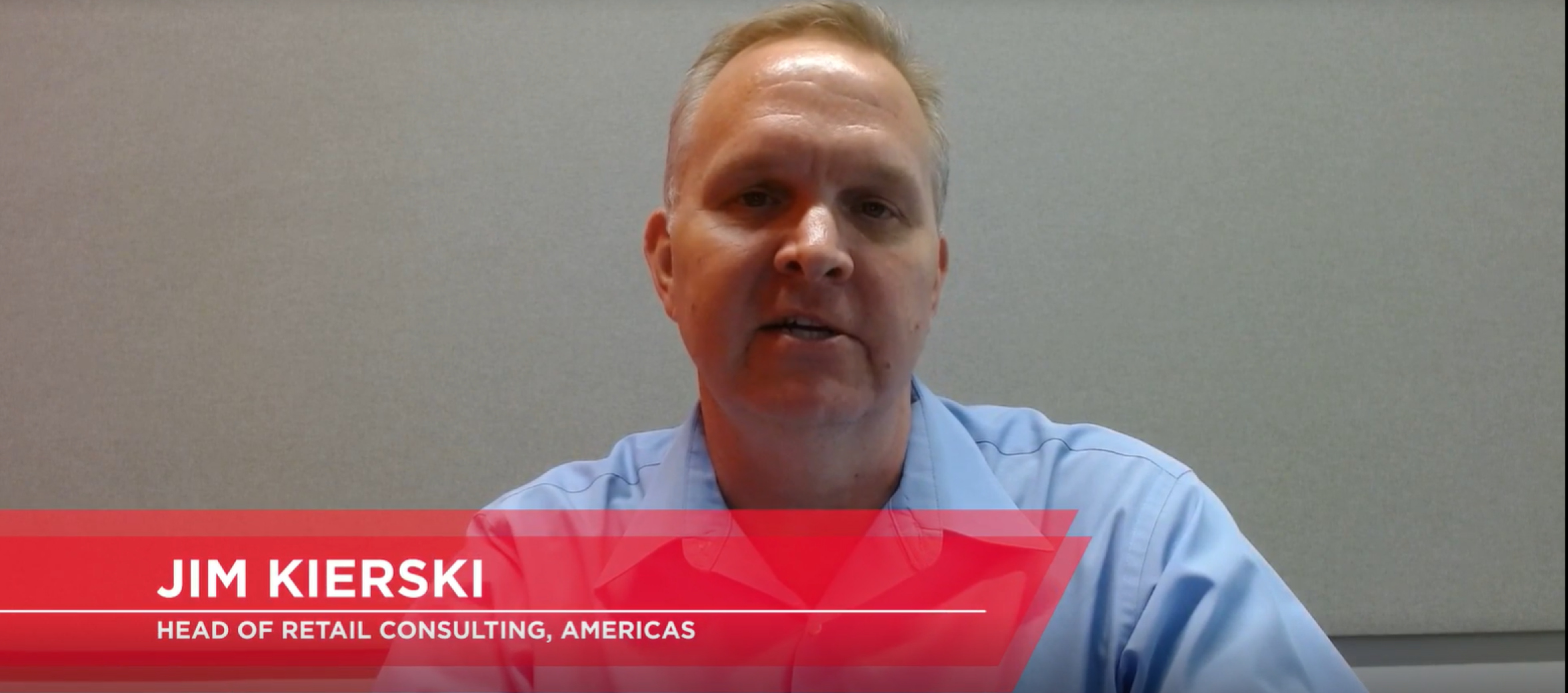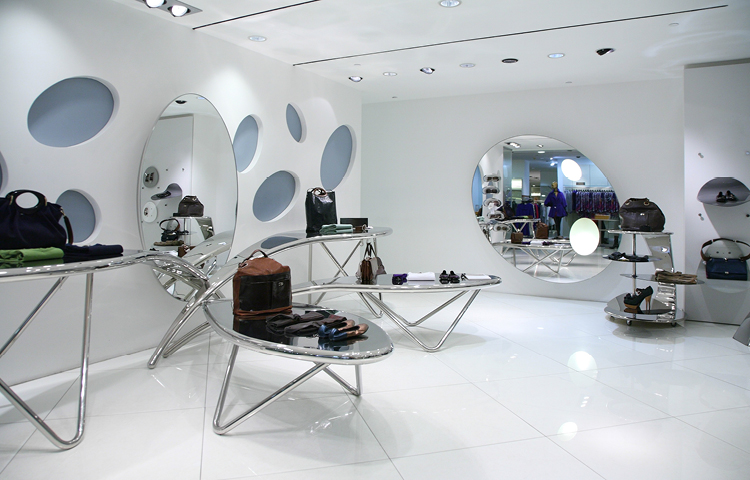Consumer expectations for convenience have extended beyond the home delivery of goods to include easier ways to obtain health and wellness services, prompting medical services to move into retail space once occupied by apparel and accessory tenants. An aging Baby Boomer population and increased focus on health has caused services from urgent care to dermatology to expand from coast to coast. This new retail sector, known as “Medtail,” is a great addition to the retail tenant mix, providing creative ways for landlords to fill vacancies and generate foot traffic. Landlords should be aware, however, that Medtail tenants have different needs than typical retail.
What is Medtail?
Medtail refers to healthcare services located in a retail setting. Typical Medtail tenants include vision or dental offices, but specialty wellness services are now also growing in popularity. Medtail can be found in a variety of retail centers, including strip malls, shopping centers and shop-in-shop concepts (i.e., clinics inside retail stores). Top U.S. retailers are quickly joining the healthcare industry, including Walmart, Walgreens and CVS and private equity firms are eager to invest in these types of healthcare providers, most notably those with urgent care clinics. In addition to big box retailers, Medtail clients in the alternative medicine and veterinary services sectors are growing in number, driving demand for space.
Types of Medtail include:
- Urgent care
- Cosmetic / medical spas
- Veterinary and pet services
- Occupational / physical therapy
- Skincare
- Acupuncture
- Holistic / alternative care centers
- Wellness / recovery centers
- Imaging services



